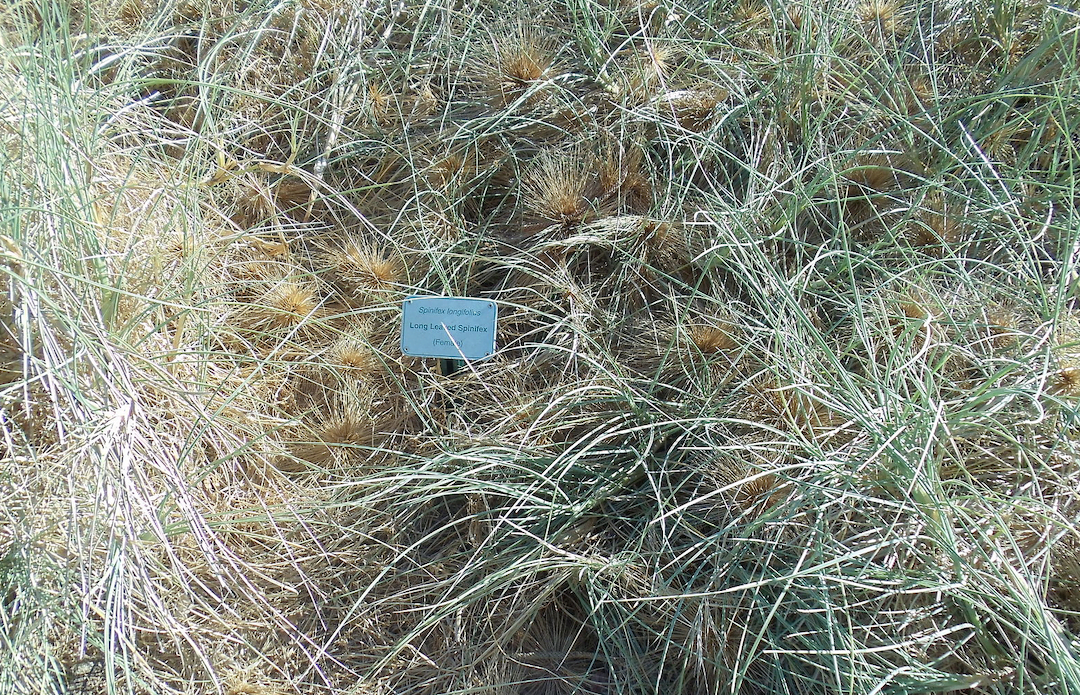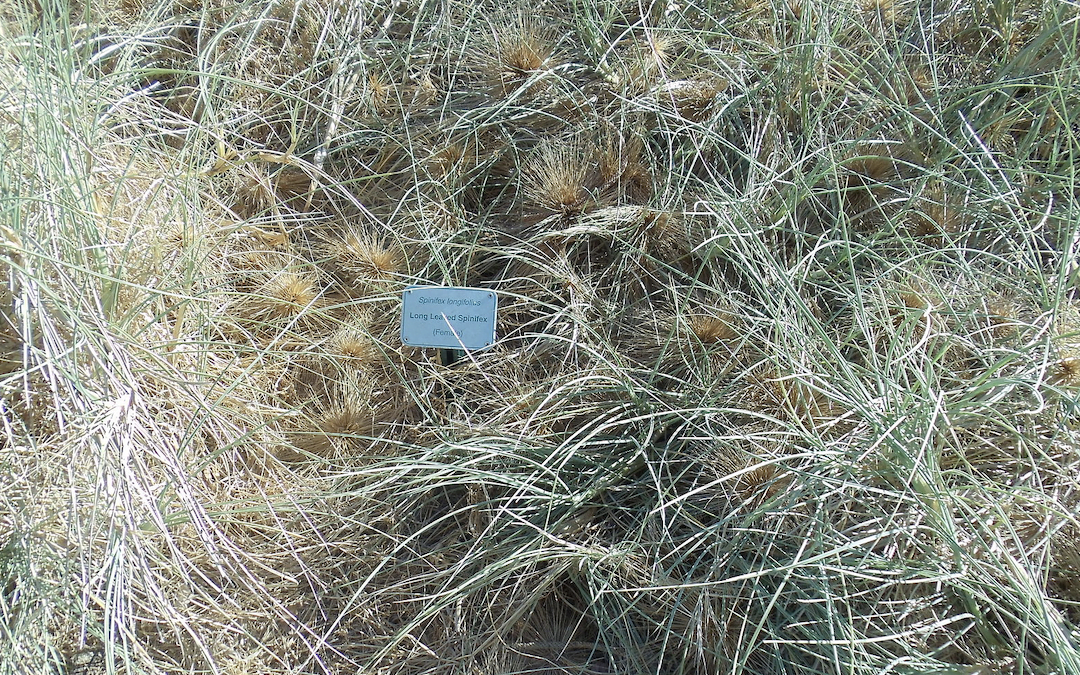Research has revealed that Australian grass can be used to create medical gels.
Trioda Wilingi, a company developed by the University of Queensland and UniQuest, has discovered that spinifex grass can be used to develop medical gels. Compared to conventional products, these gels are easier to inject, last longer, and may even be safer.
The project, a result of combining Indigenous knowledge and Western science, offers a range of economic and scientific opportunities that has left many excited about the future.

Strong, spikey spinifex
Spinifex is a sharp, spiky plant native to Australia. There are 69 native species, commonly found in sandy, nutrient-poor areas of the outback.
While it seems to offer no grazing value, and is known for stinging people who get too close, spinifex is vital to the Australian ecosystem. Many native animals use the grass to escape the heat of the day, or to hide from predators. It is designed to survive harsh conditions, often growing on infertile land and persevering through long droughts. Plus, it relies on fire to regenerate.
Traditionally, Indigenous people used spinifex to weave waterproof thatching for shelters, and as a resin due to its sticky sap.

Spinifex grass in front of Uluru
Sewing the seeds
This project was born back in 2008, when Bulugudu Ltd and the University of Queensland were offered an Australian Research Council Discovery Grant.
The aim was to explore how Indigenous and Western knowledge could combine to better utilize the grass. Subsequent research came from the knowledge of the Indjalandji-Dhidhanu people, the Traditional Owners of the upper Georgina River region and owners of Bulugudu Ltd.
According to Colin Saltmere Am, director of Bulugudu Ltd, “Indjalandji-Dhidhanu people have long known the uses and strength of spinifex grass.”
“Our traditional uses included building shelters and using resin from the grass as an adhesive to attach spearheads, and seal water vessels.”
Combining this information with further examination of the spinifex grass revealed that its strength came from microscopic cellulose fibres.
“The scientific challenge was to determine how to obtain the nanofibres without intensive processes, so we turned to ANFF (Australian National Fabrication Facility), who helped us optimise and validate this extraction process,” says Professor Darren Martin, one of the inventors from the School of Chemical Engineering at the University of Queensland

Applications and advantages
Cellulose nanofibers are a versatile material with a variety of applications. Most commonly, these thin biodegradable fibres are used in medical gels, surgical gloves, nappies, transparent paper, and some electronics.
As well as being a multi-billion dollar industry, nanofibres are also very difficult to produce. The process is long and energy-consuming, typically using wood pulp, sugar beets, carrots and wheat straw, among other things.
However, when analysing spinifex, researchers found that it solved many of these issues and resulted in a cheaper, simpler process. It produces stronger, thinner fibres which leads to gentle, environmentally-friendly nanotechnology.
“The spinifex fibres we produce are typically around three to four nanometres thick, about 20,000 times thinner than a human hair. They have an average length of about 1,600 nanometres, giving them an aspect ratio of about 500:1,” says AIBN Director, Professor Alan Rowan.
With so many positive qualities, spinifex has researchers excited about the future of nanofibres, and the new applications it opens up.

Looking forward
Looking past the financial and commercial advantages of this discovery, spinifex will also offer new jobs in a high-tech industry. This is particularly true for Indigenous Australians, who will have opportunities to engage in STEM sectors.
Thanks to the deal between Bulugudu and Uniseed, a section of any future profits will be given to an Indigenous Education Fund that seeks to “maximise training, education, and network opportunities for Indigenous Australians.”
The Traditional Owners also have a major role in harvesting and processing the grass, leading to many job opportunities in the remote areas of northern Australia.
This project has revealed exciting things about the versatility of Australia’s native ecosystem, and shows how a greater partnership between Indigenous and Western researchers can lead to amazing discoveries.
To learn more about scientific advancements in Australia, click here.

